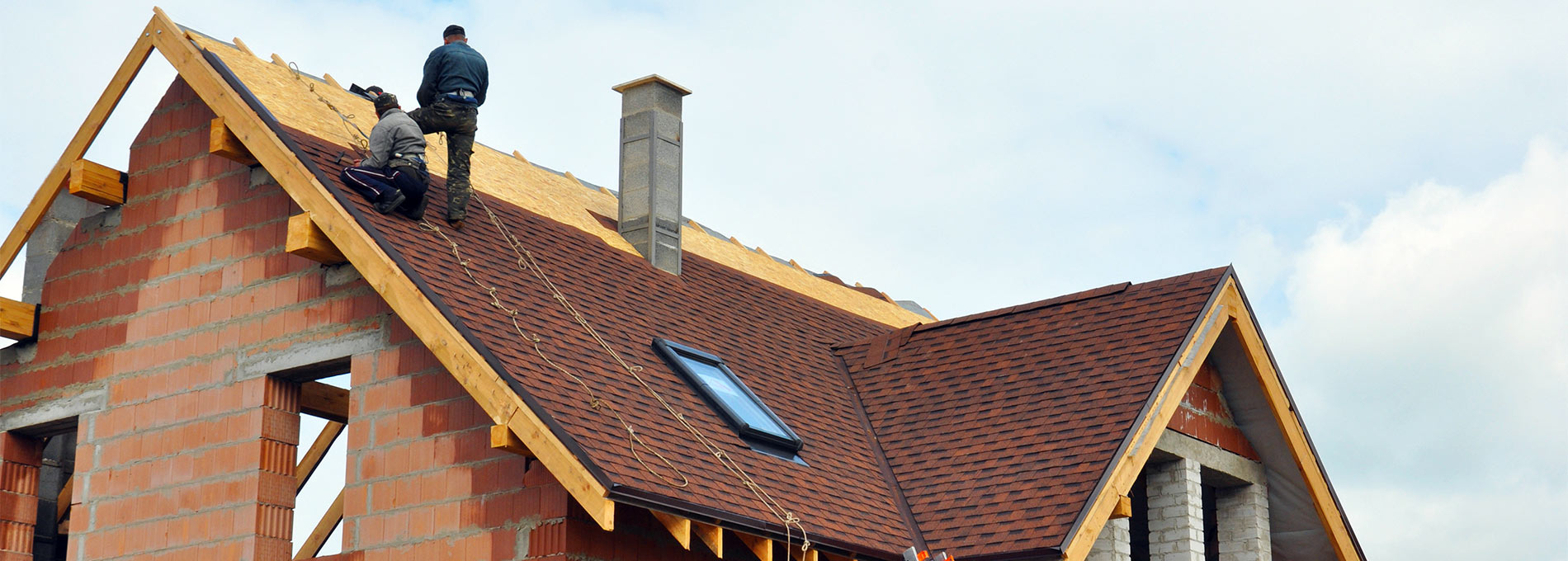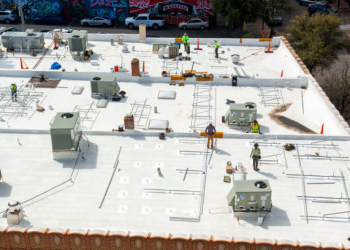Most people tend to ignore the fact that roofing has more to do than add a sense of style to your structure. With a quality roofing company, you’re assured to exploit the best out of the roofing fabrics. The design you choose for your roofing has a lot to tell about the structure in terms of visual appearance, structural construction, and the property value as well. As a homeowner, one is compelled to pick a complete roofing solution from a bucket list of the most relevant roofing companies, and one that makes more sense in comparison to the owner’s needs. Below are specific styles and designs for your roofing.

Hip roofing
This is a design crafted with equal length measurements that come together, joining on top to form a ridge. This design is an excellent choice for people who live in windy regions and those that experience snow during the cold season. Roofing companies recommend a pitch of about 18.5 to 26.5-degree angle for hip roofs constructed in extremely windy areas. The hip roof is subdivided into three designs, as follows:
- Simple hip – This type of hipped roofing has been termed the most common. It’s constructed with a two-sided polygon and a two-sided triangle.
- Half hip – This model is crafted with two sides shortened to form eaves.
- Cross hip – This design is often mistaken with the cross-gable roof. It’s constructed using separate hip roofs with different wings that join at the top, forming a valley. This valley allows water to pool in it, thus requiring proper water pooling measures. This style roofing allows snow to slide off effortlessly and winds to blow by with minimal damage. The design is quite costly compared to other styles, for it requires more construction materials. The price is compensated with quality work and the elegant appearance of the building. The hip roof offers additional living space, as well as a nest for a bird as a pet.
Gable roof
This design is often referred to as the pitched or peaked roof. Coming at a slightly lower cost, this type of roofing offers ample space for the attic, and allows proper air circulation and ventilation in the building. One con of the design is that, if not adequately constructed, gable roofs are easily destroyed in violent wind areas, which is quite problematic. This type of roofing requires adequate support and proper installation or quality work. The roof design allows it to effortlessly shed water during the rainy season and snow during winter. The design is subdivided into four different styles, as follows:
- Cross roof – This is a two-gable design with two gable sections put together perpendicularly, and the measurements of each are strictly alike.
- Side roof – This is a conventional design with two equal panels meeting at the ridge with a triangle section that can either be left open or closed for a box gable roof.
- Dutch gable – This design is a cross of the hip and gable roof. The roof is placed on top of the hip, providing ample space, as well as improved aesthetic appearance.
- Front gable – This design is usually placed at the entrance and was common during the colonial era.







